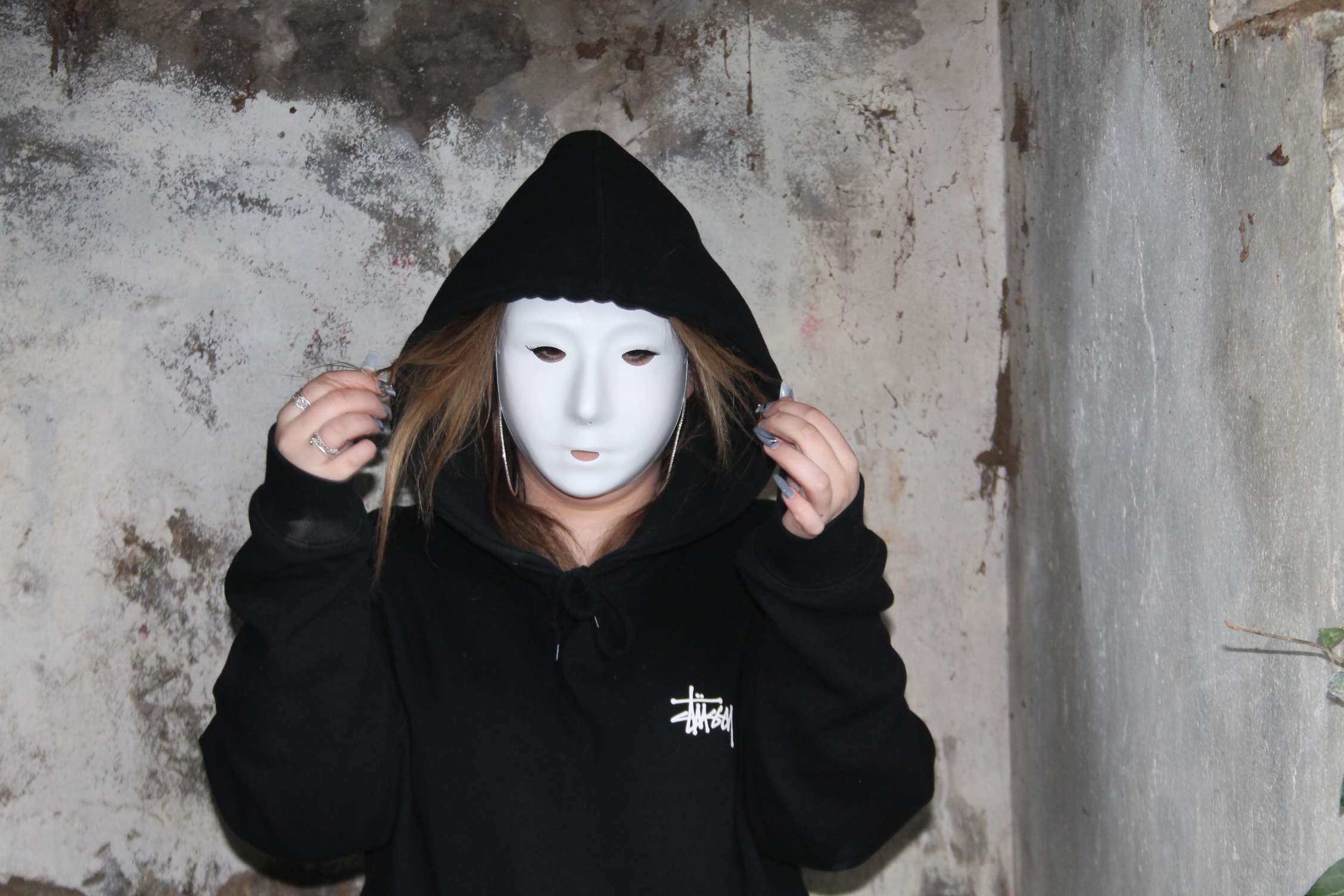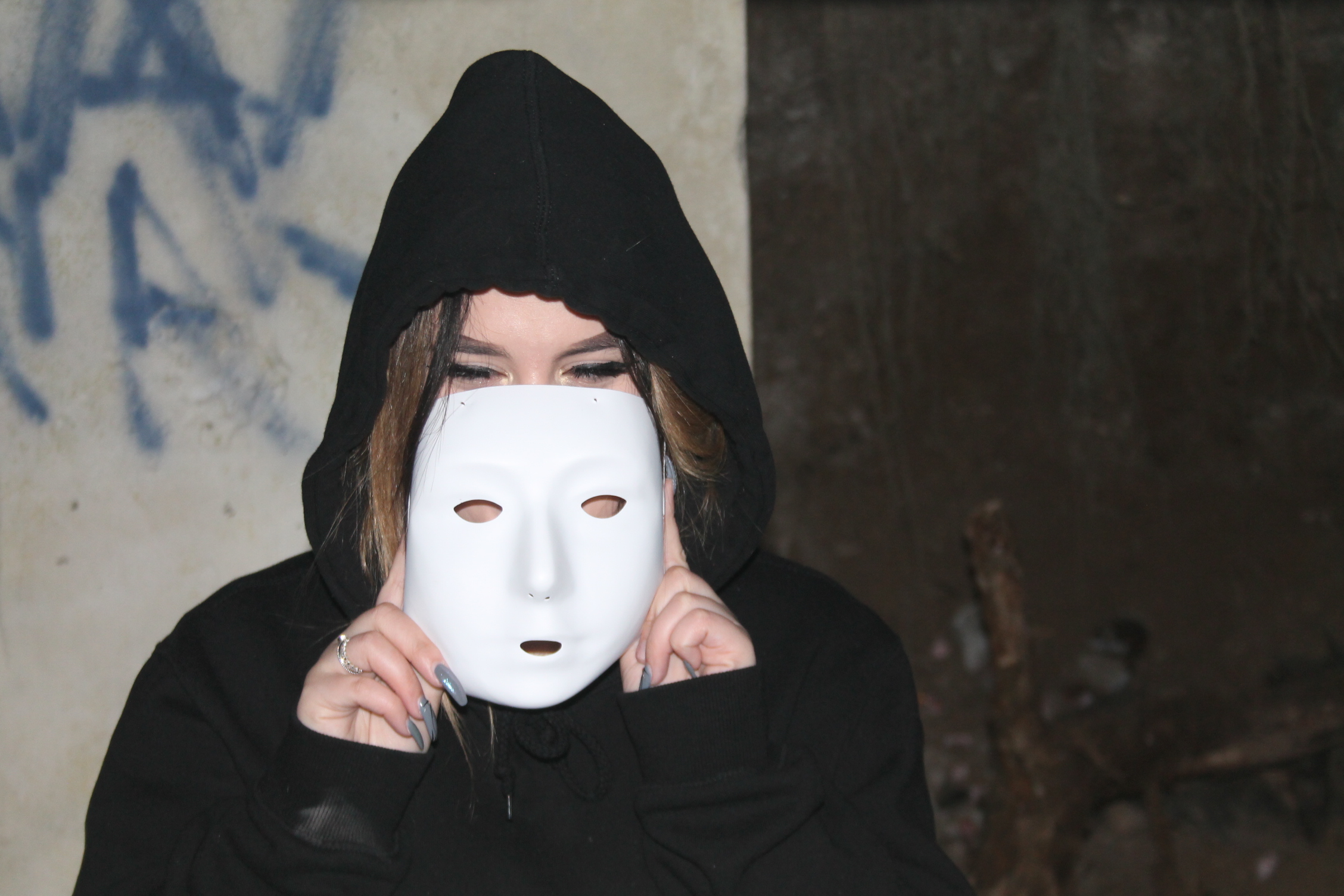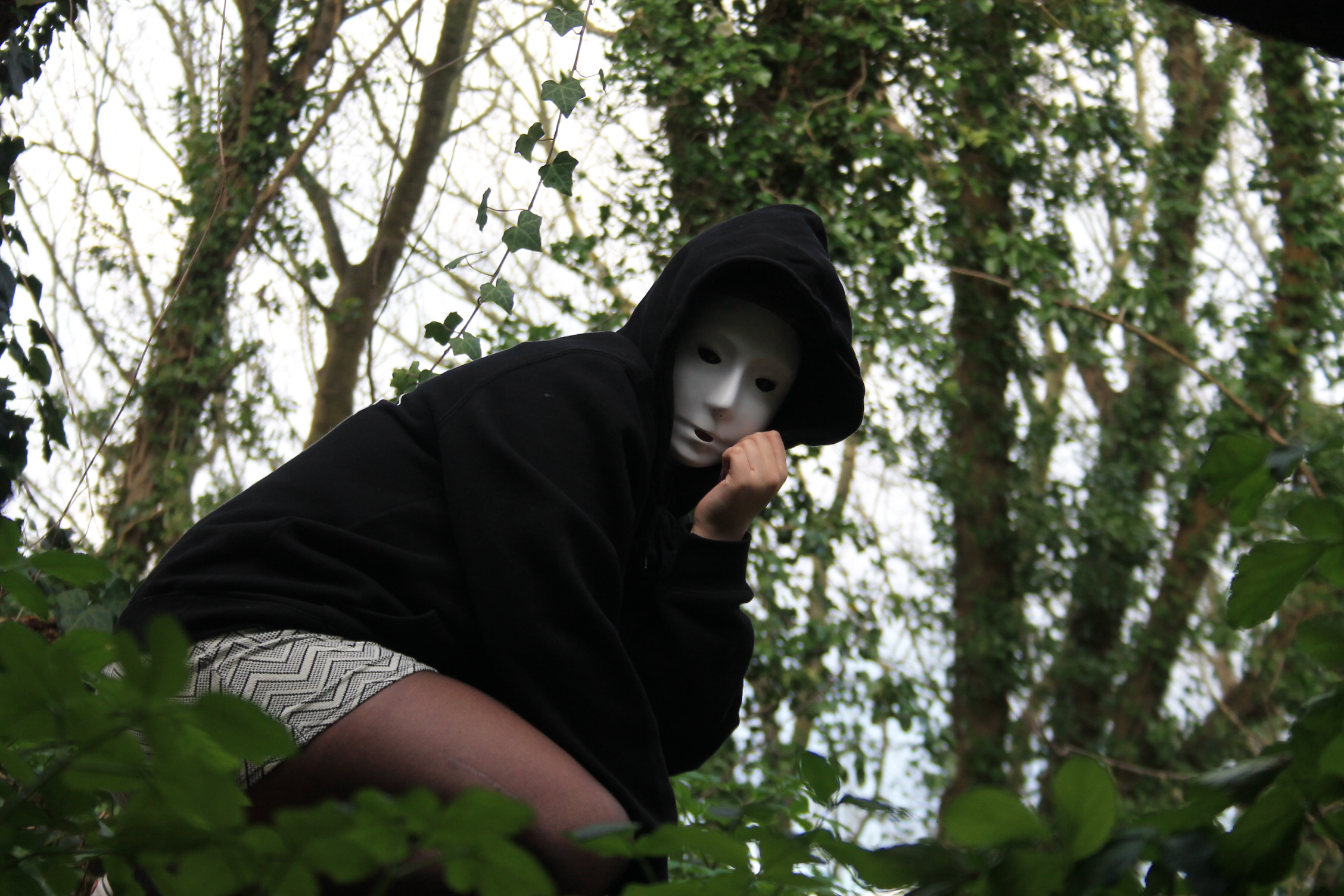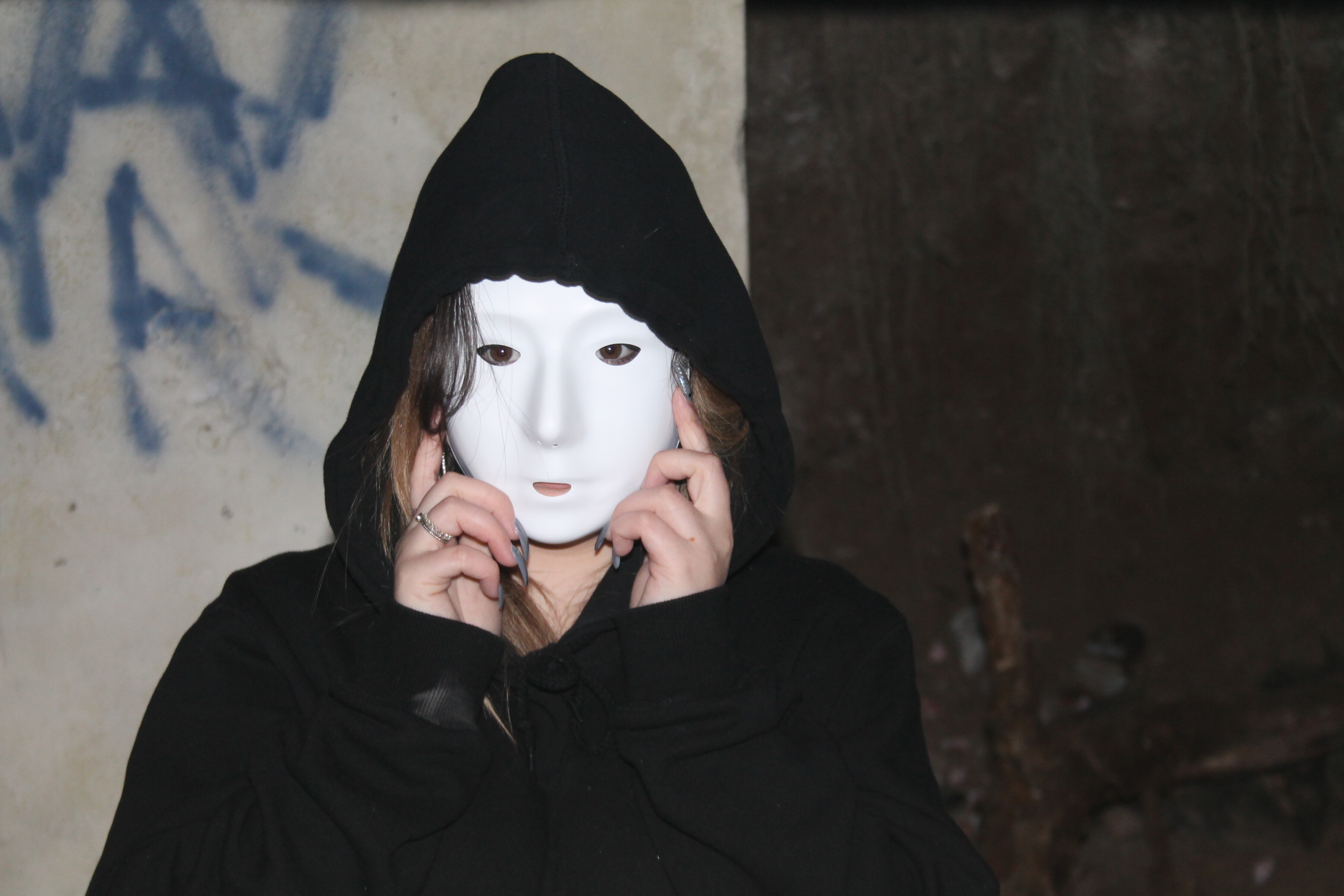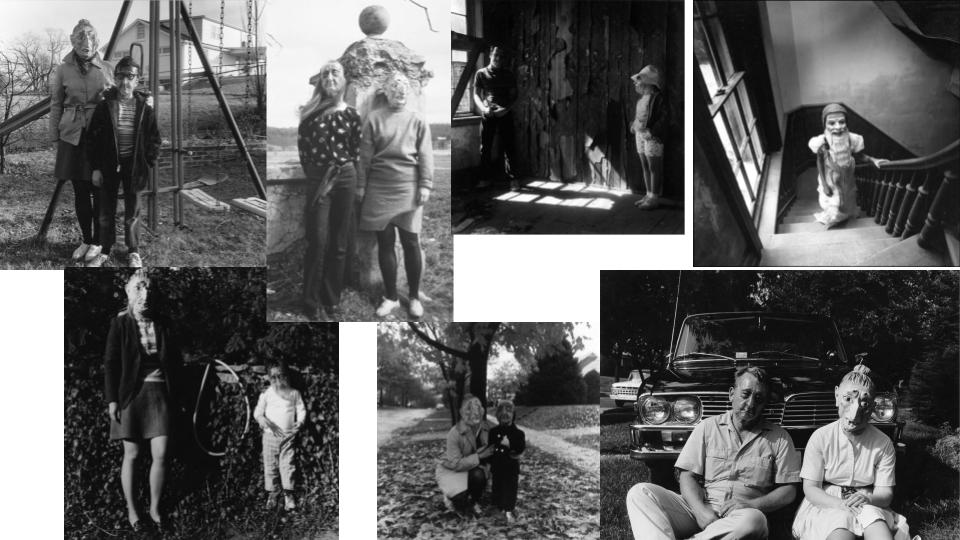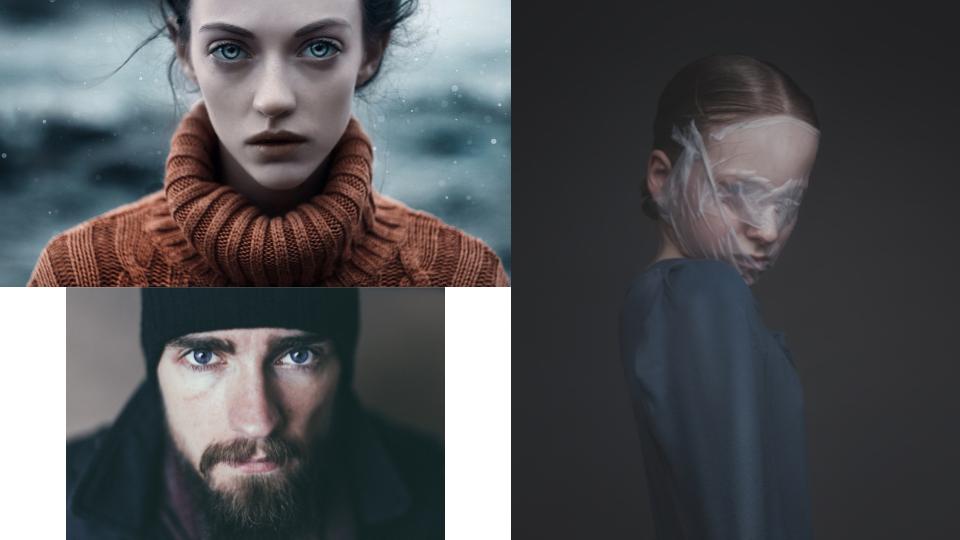The Channel island were the only part of Britain to be occupied by the Germans during WW2. The island were occupied for about 5 years, from the 30th of June 1940 until their liberation on the 9th May 1945.
Life Under Occupation:
The German Occupation of Jersey began one week after the British government had demilitarized the island fearing for the safety of civilians should there be any conflict. The code name for this was “Operation Green Arrow” and the initial German Air Force reconnaissance flights mistake civilian farming lorries for troop carriers. On the 28th of June , the German Air Force, not knowing of the demilitarization, bomb and machine gun multiple sites on the island. The attacks killed ten people and wound many more. A few days later on the 1 of July 1940 General Richthofen, The Commander of the German Air Forces in Normandy, dropped an ultimatum from the air demanding the immediate surrender of the island. White flags and crosses were placed in prominent positions, as stipulated by the Germans, and later that day Jersey was occupied by air-borne troops under the command of Hauptmann Gussek.
Under the occupying forces, one of the greatest hardships was the lack of news from the mainland after the Germans had outlawed the use of crystal radio sets. A number of individuals risked imprisonment by making their own sets and spreading front line news. Horse drawn traffic became an increasingly regular sight as petrol shortages became severe, and many vehicles were converted to use gas. The price of bicycles rose, and their use was restricted to those connected to essential services. The German’s ordered all traffic to drive on the wrong side of the road. The island was also moved to Central European time. In the months following D-Day, as the Allies regained control of France, the source of supplies fueling the islands was now no longer available.

Shopping hours were reduced as goods became scarce. Food shortages on Jersey were finally relieved by the arrival of the Red Cross ship SS Vega, bringing food parcels to Jersey. Before then, substitutes had been used to replace everyday foods, with seawater replacing salt, for instance, and a mixture of parsnip and sugar beet replacing tea. During the autumn of 1944, fuel supplies were almost gone, leaving no gas, occasional electricity, and very little road fuel. Medical supplies were almost non-existent; and most people were without fuel. A Red Cross relief ship, the S S Vega, arrived in Jersey on 30 December with food parcels, and cases of salt, soap and medical supplies. The visits of the Red Cross ship S S Vega proved a lifeline to the starving islanders.
Victory on the Horizon
By 7 May 1945, the German army had surrendered and the end of the war in Europe was announced. During the week leading up to 6 May islanders had been hearing reports of Hitler’s fall in Berlin by way of their hidden radios. In spite of the fact that the island was still officially under occupation, rumors began circulating of an imminent end to the war in Europe. In June 1944, the Normandy landings marked the initiation of ‘Operation Overlord’, the invasion of northwest Europe by the Allied forces. By 7 May 1945, the Germany army had surrendered and the end of the war in Europe was announced. During the week leading up to 6 May islanders had been hearing reports of Hitler’s fall in Berlin by way of their hidden radios. In spite of the fact that the island was still officially under occupation, rumors began circulating of an imminent end to the war in Europe. Culminating on the 8 May, the Allied military powers had been busy coordinating the necessary steps, behind the scenes, to recover the Channel Islands from their occupation. On 3 May a British Military operation ‘Nestegg’, with the objective of liberating the Channel Islands, was set in motion when a coordinated group of British Army units, collectively known as ‘Force 135’, were called to ‘Stand To’.

On 8 May the units that made up Force 135 received their orders to move to their marshaling camps in Portsmouth. The main body of the Force was due to arrive in the islands on 12 May, however, a small contingent of Force 135, including their Commander, Brigadier AE Snow, left for the Channel Islands aboard HMS’ Bulldog and Beagle the morning of 8 May. Together with the units of Force 135, this first party consisted of a team of officials responsible for negotiating the terms of the Germans’ surrender. The front page of the Jersey Evening Post carried Jersey’s first confirmation of the Allies’ victory in Europe, and islanders were informed that Winston Churchill would broadcast the Nation’s first official announcement that afternoon at 3.00pm. Crowds began to gather at various locations to hear the announcement that would declare their liberation. Islanders waited patiently amidst the heavy air of expectation.
Liberation Day:
At 7:15am on 9 May, on the quarter deck of HMS Bulldog, Second-in-Command for Guernsey General Siegfried Heine signed the Instrument of Surrender on behalf of the German Command of the Channel Islands, effecting their capitulation. On completion of this, General Heine was then ordered to “immediately cause all German flags and ensigns now flying in the Channel Islands to be lowered”. At Midday an overjoyed Bailiff Coutanche accompanied a German delegation led by the island Commander, General Major Rudolf Wulf, aboard HMS Beagle anchored in St. Aubin’s bay, where the separate surrender of Jersey was to take place. Arriving at the same time in St. Helier’s harbor was a small naval inspection party sent to report on the health of the islanders, who were promptly overwhelmed by an enthusiastic crowd delighted at seeing their first liberators landing on Jersey soil.

The advanced landing party was dispatched to secure control of St. Helier and signal the liberation. Crowds greeted the liberating forces. Having wrestled their way through the hordes of celebrating locals, Lieutenant-Colonel WPA Robinson and his team eventually arrived at the Pomme d’Or; the pre-selected liberation HQ. On their arrival the swastika flag was ordered down from the hotel balcony and, at 3:40pm the Union Jack was hoisted, officially signaling the end of the occupation. At this the crowd broke into a passionate performance of the national anthem before the streams of cheers erupted. This time, it was the Germans who were ordered to fly the white flag. The task force included many Channel Islanders who were forced to leave in 1940, and one of them, Captain Hugh le Brocq, was given the honour of raising the Union Jack over Fort Regent. As the day of liberation drew on, the celebrations continued and islanders celebrated their freedom to be together.

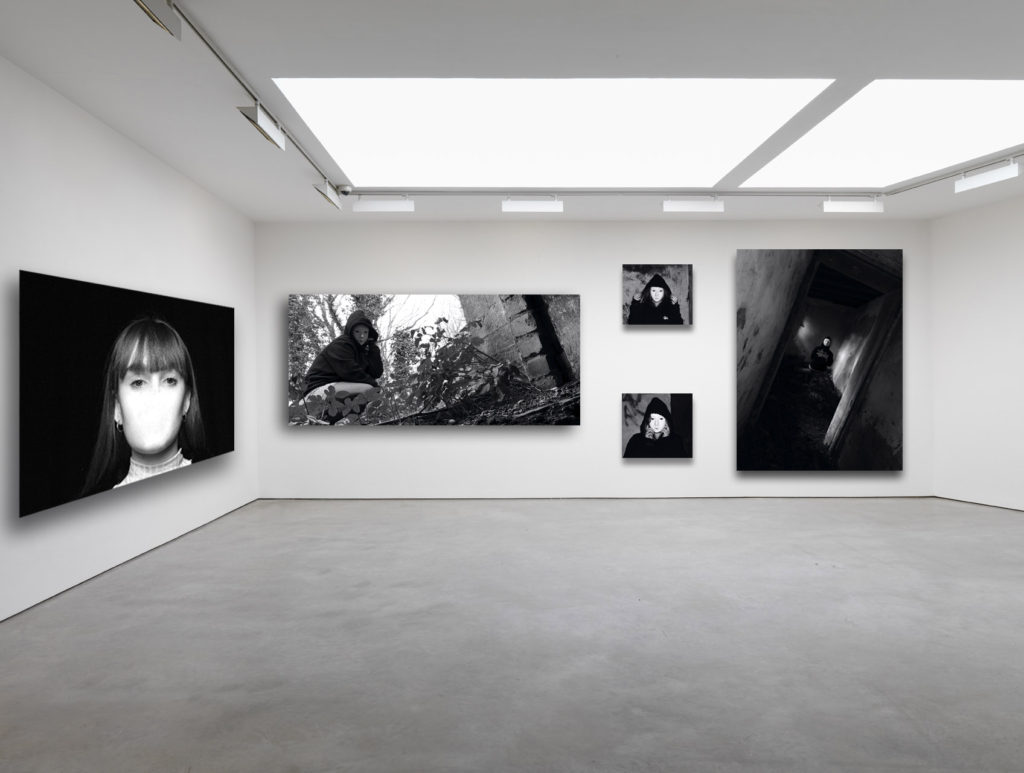




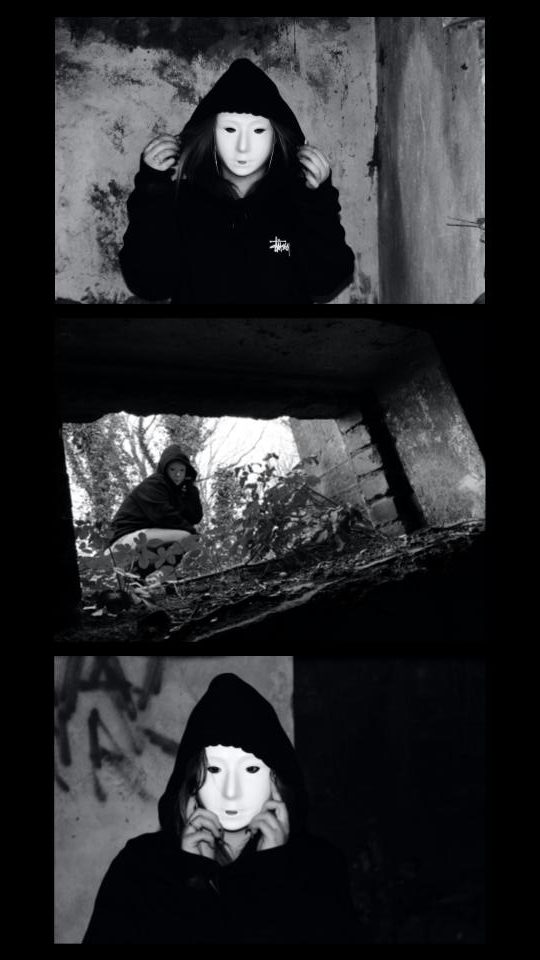
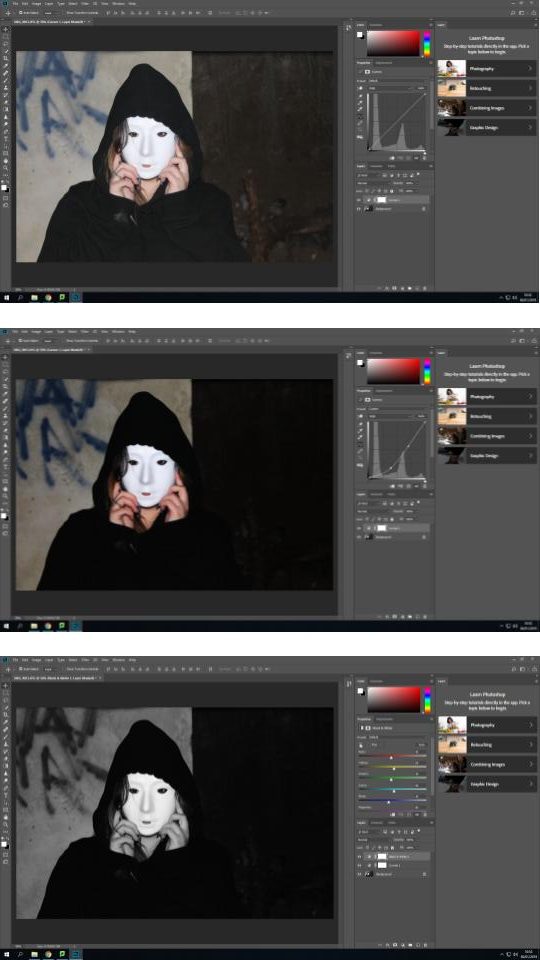

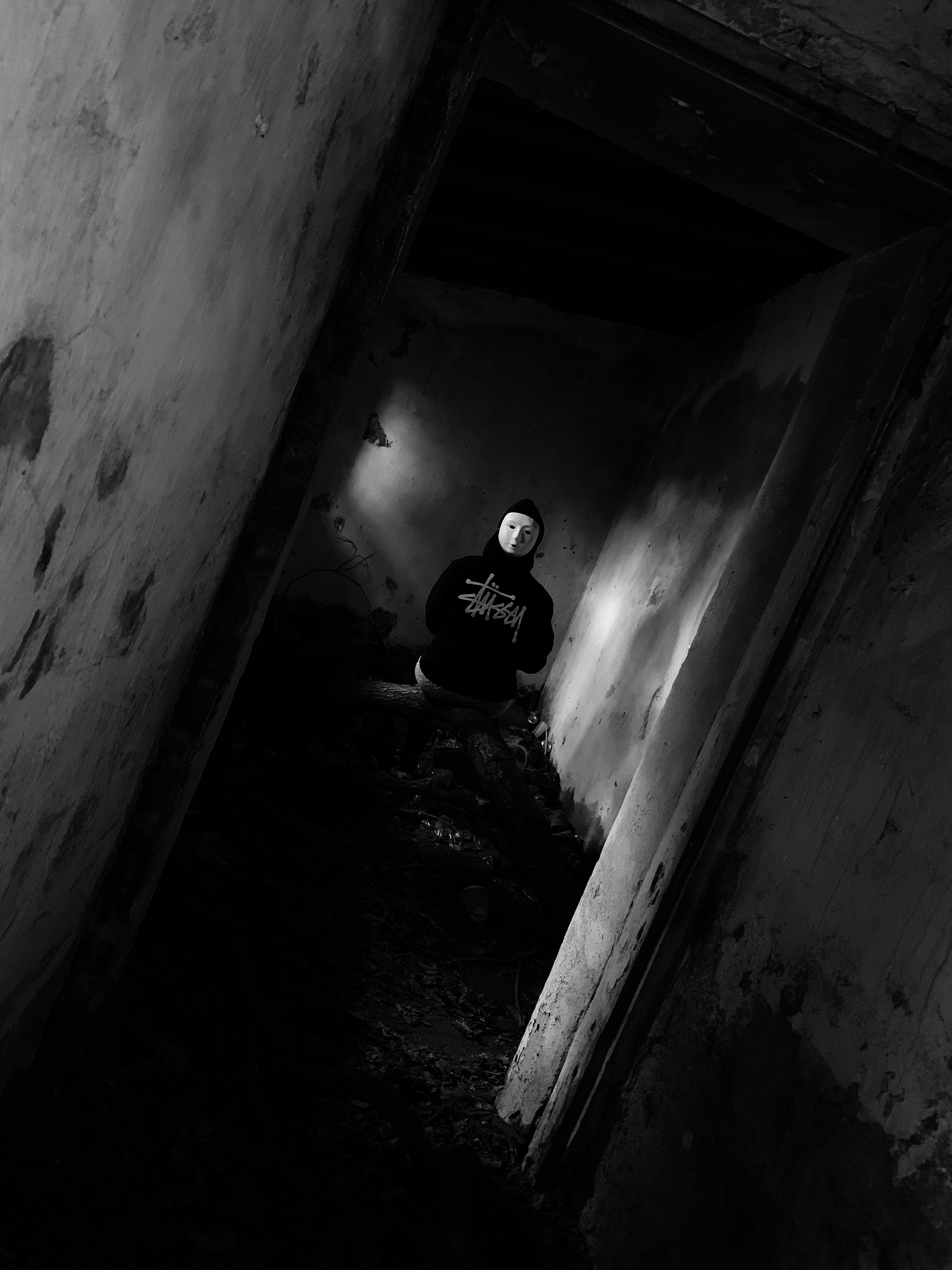
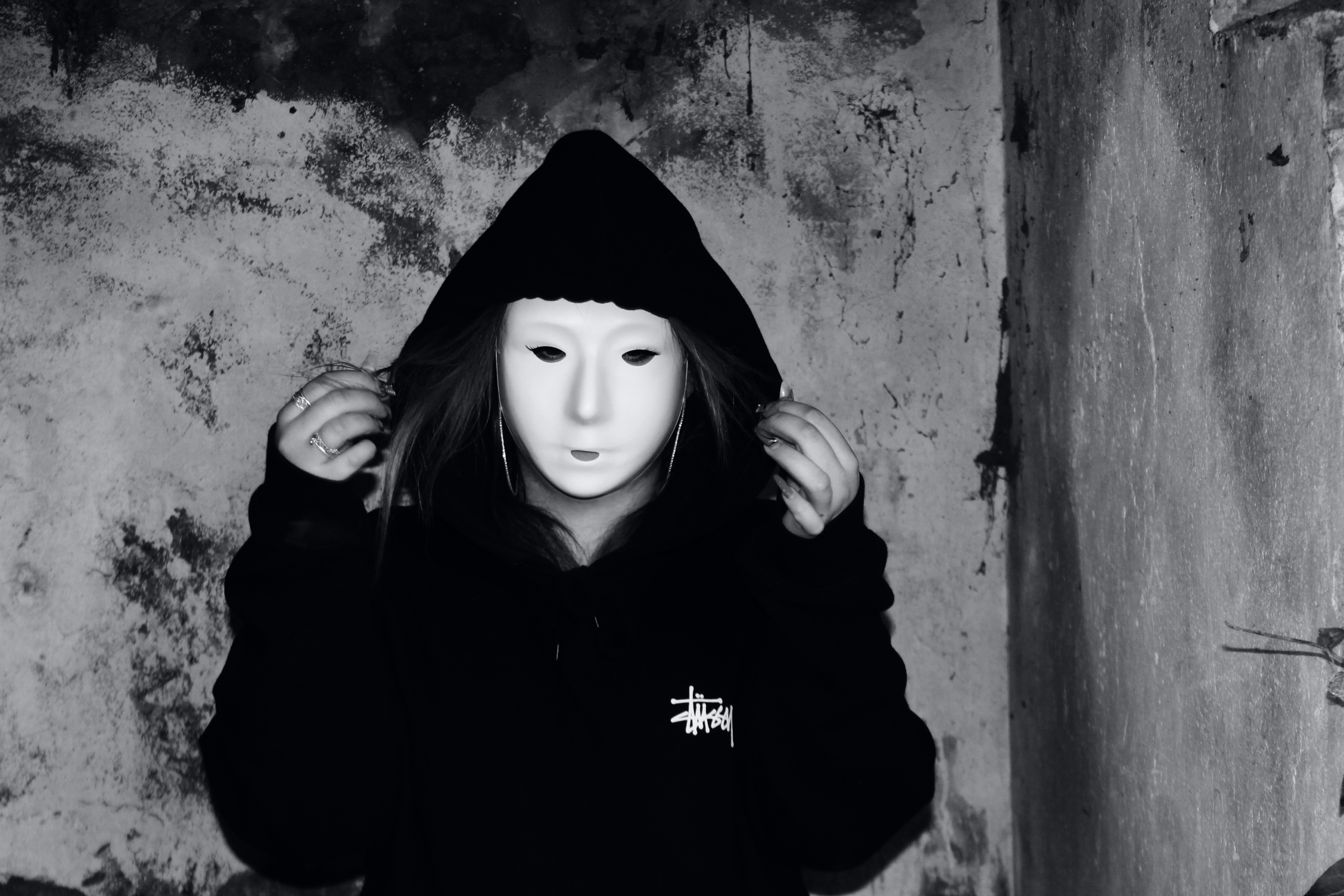
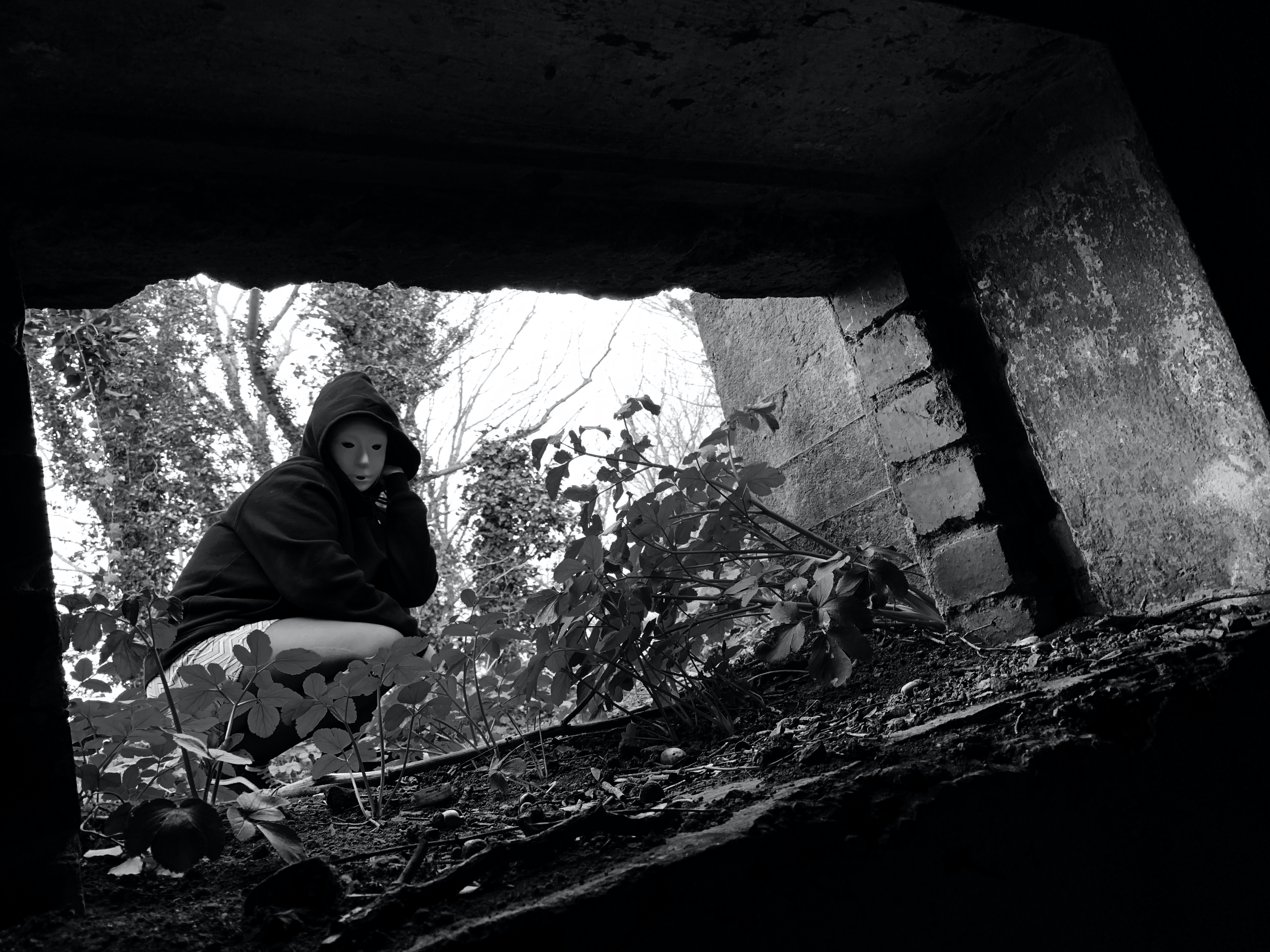


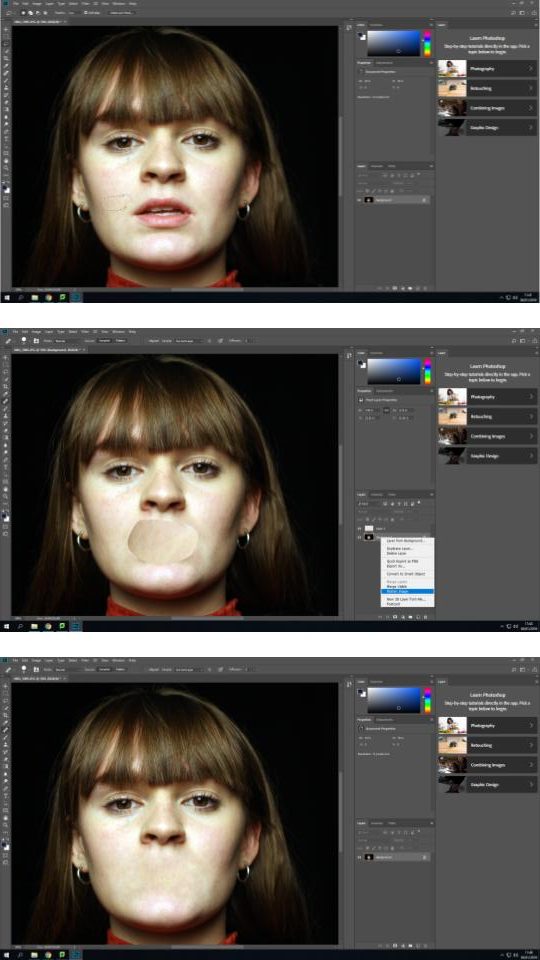
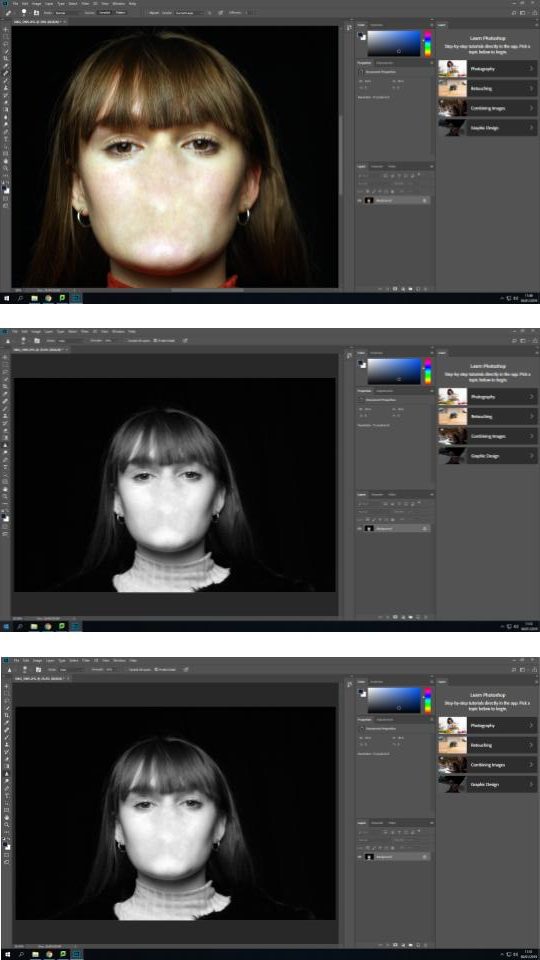
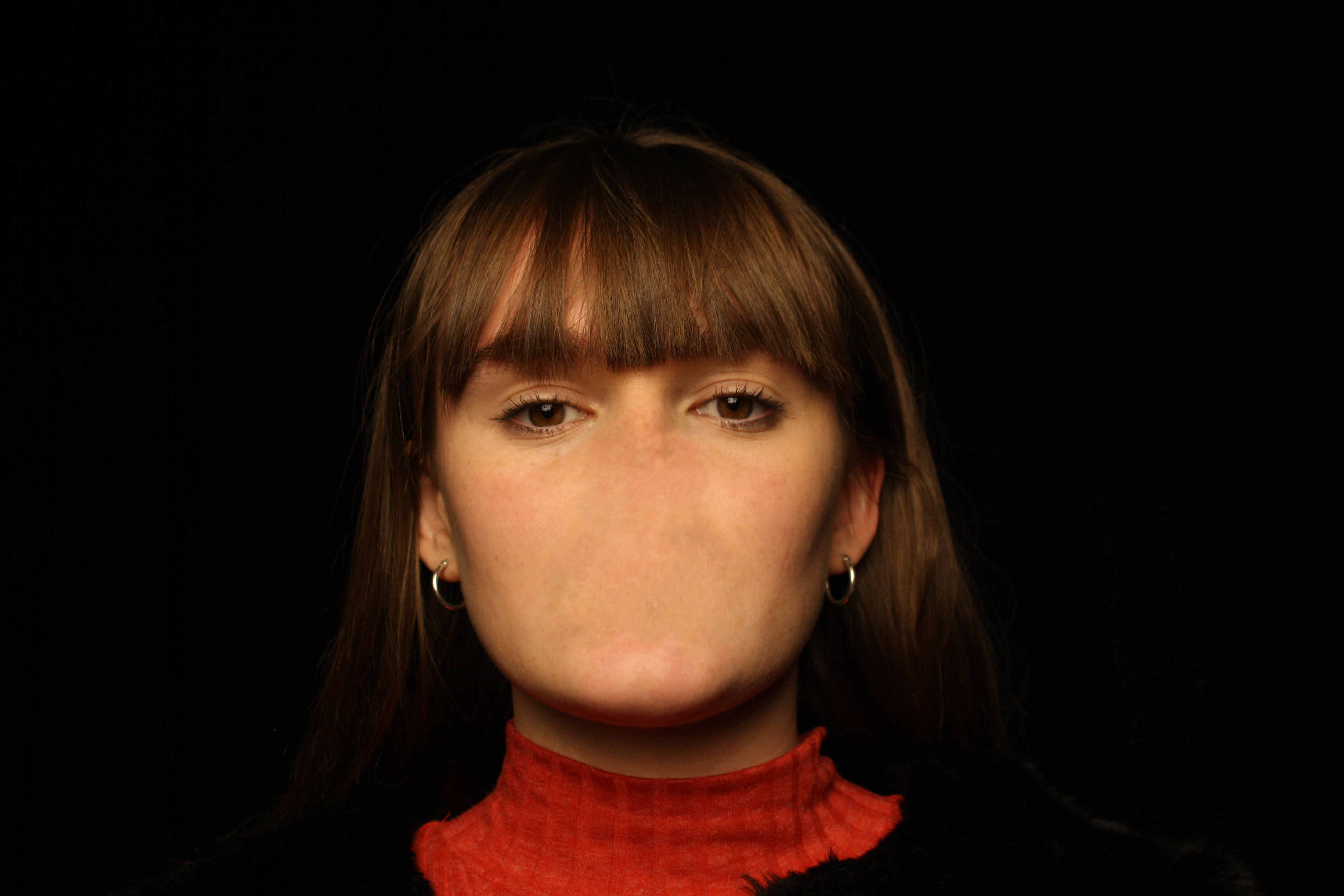
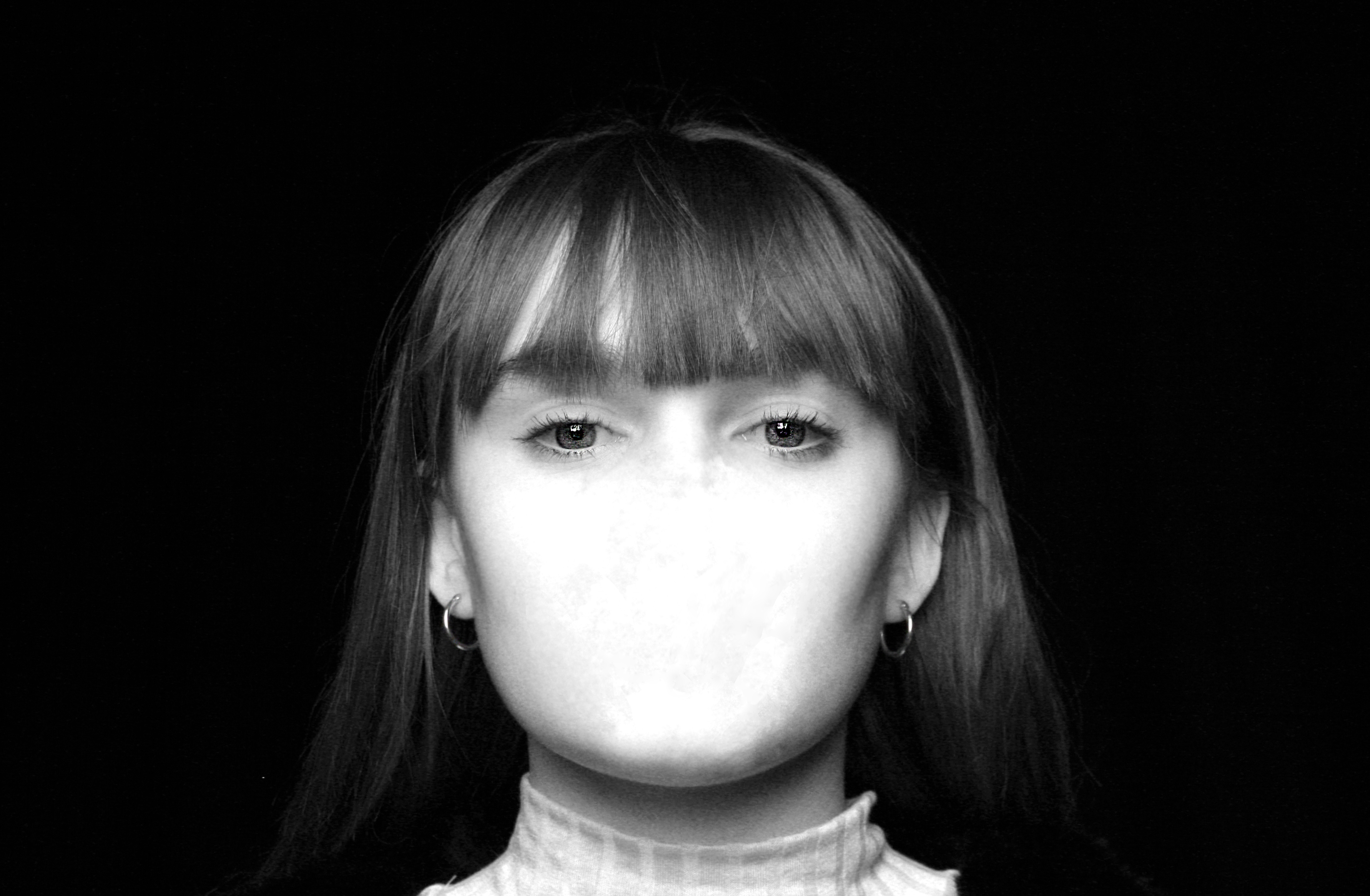
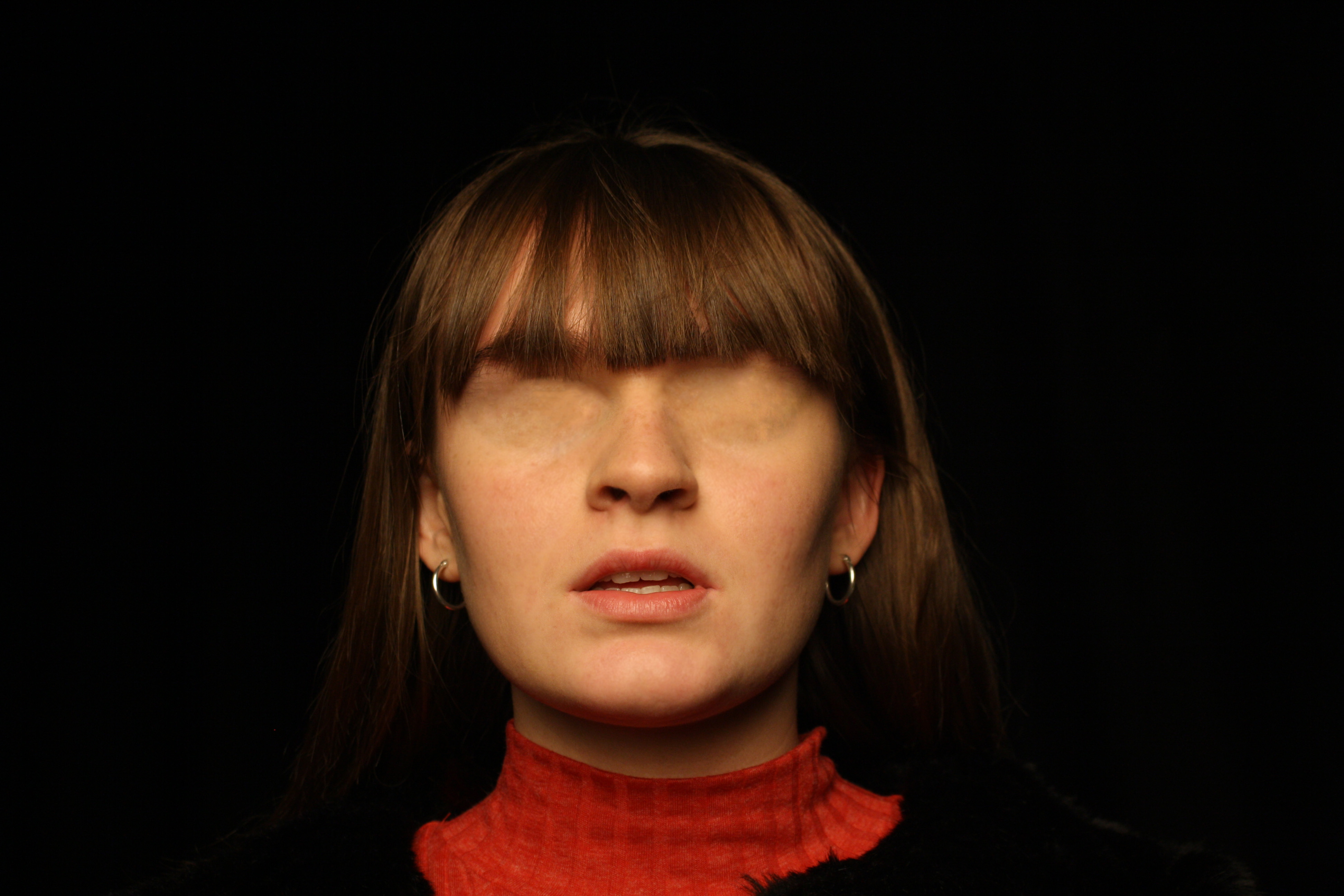
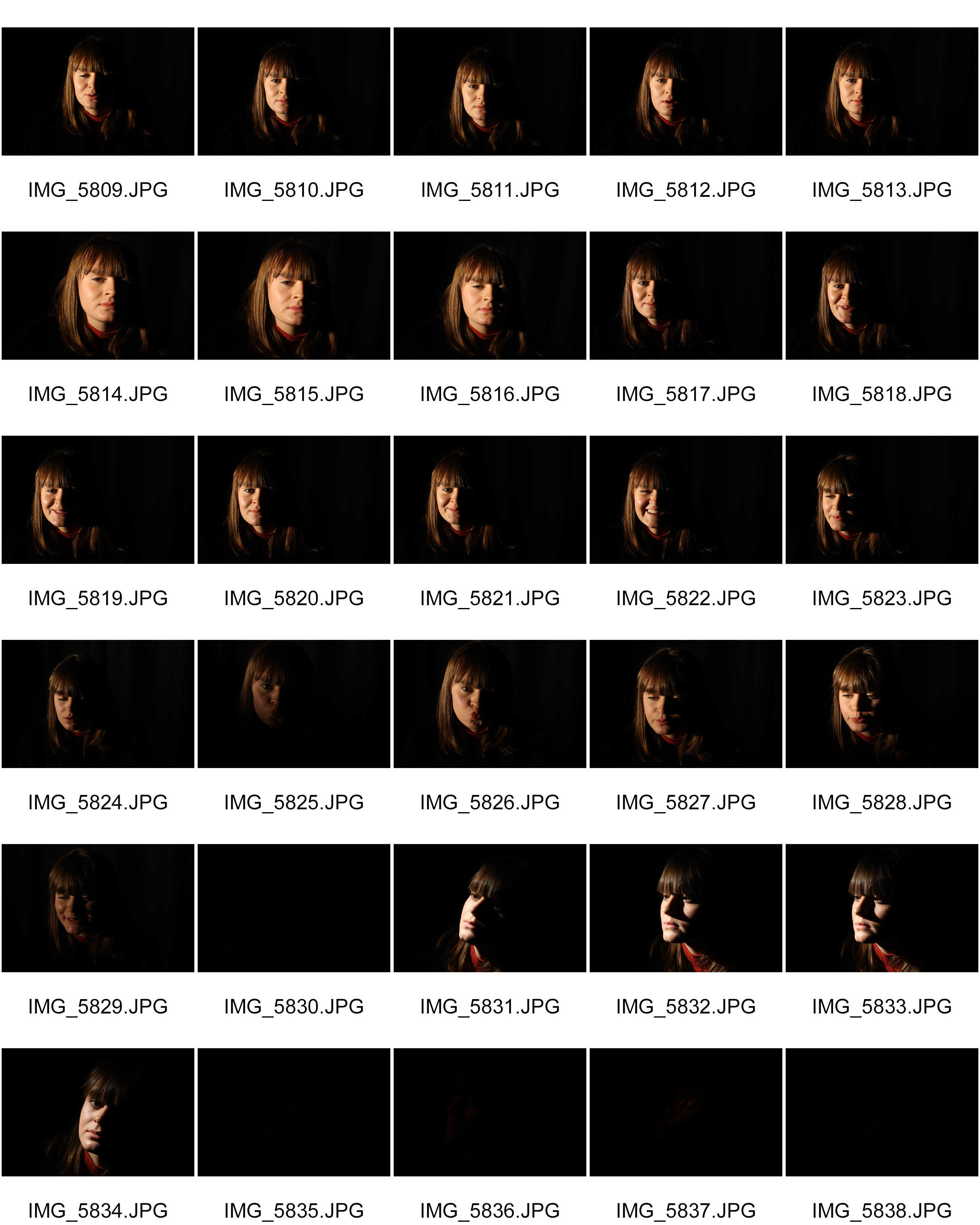
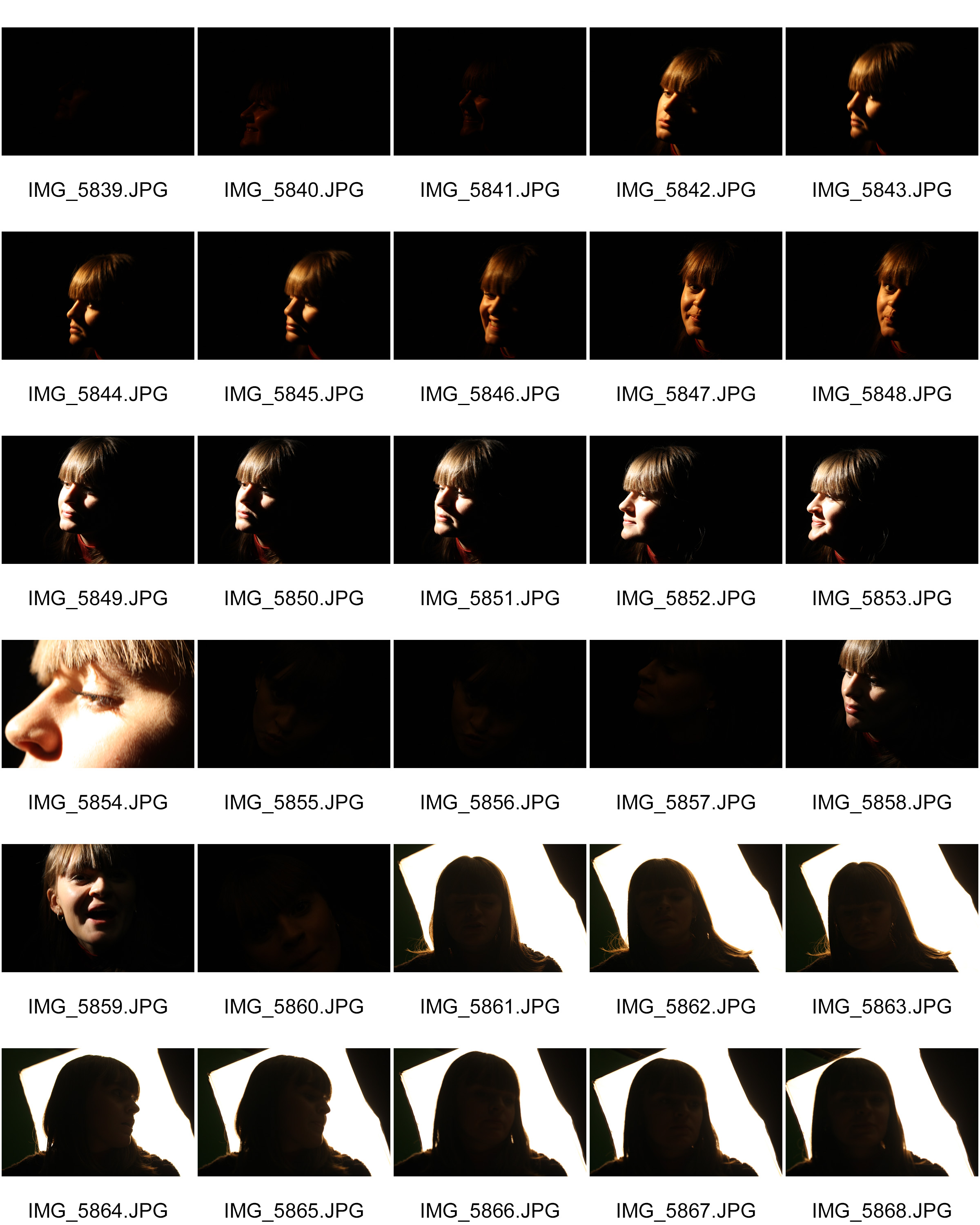
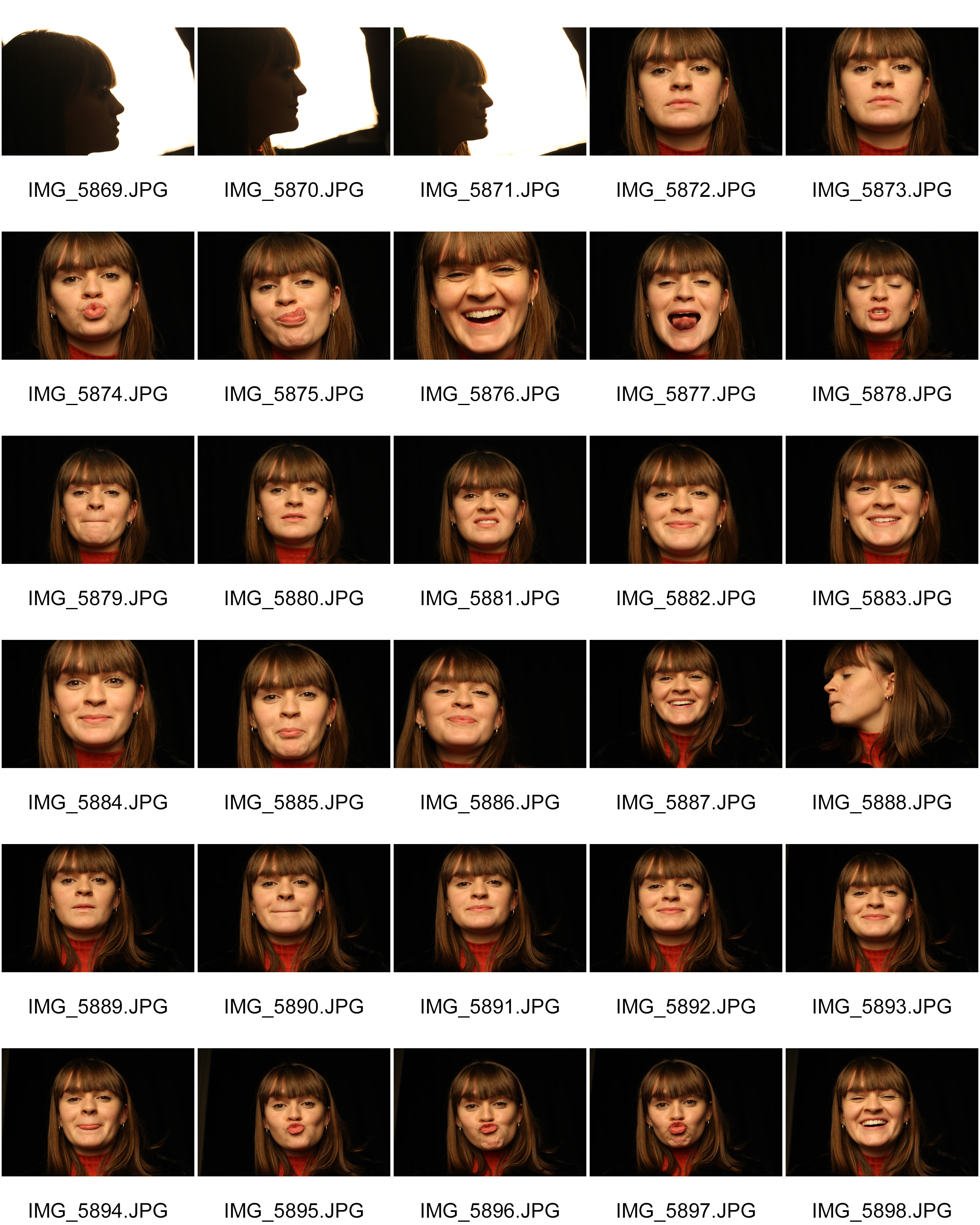
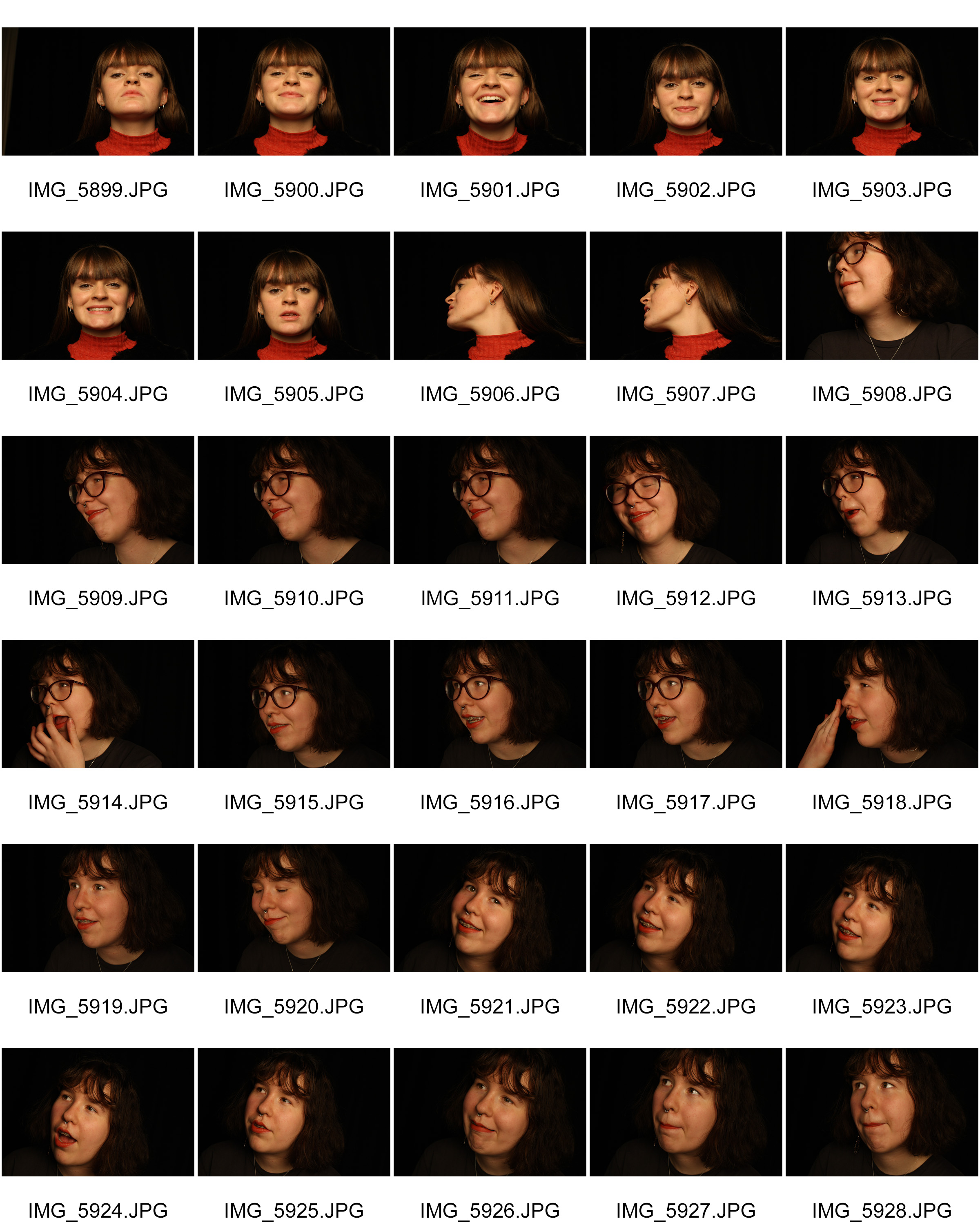
 Best Images:
Best Images:

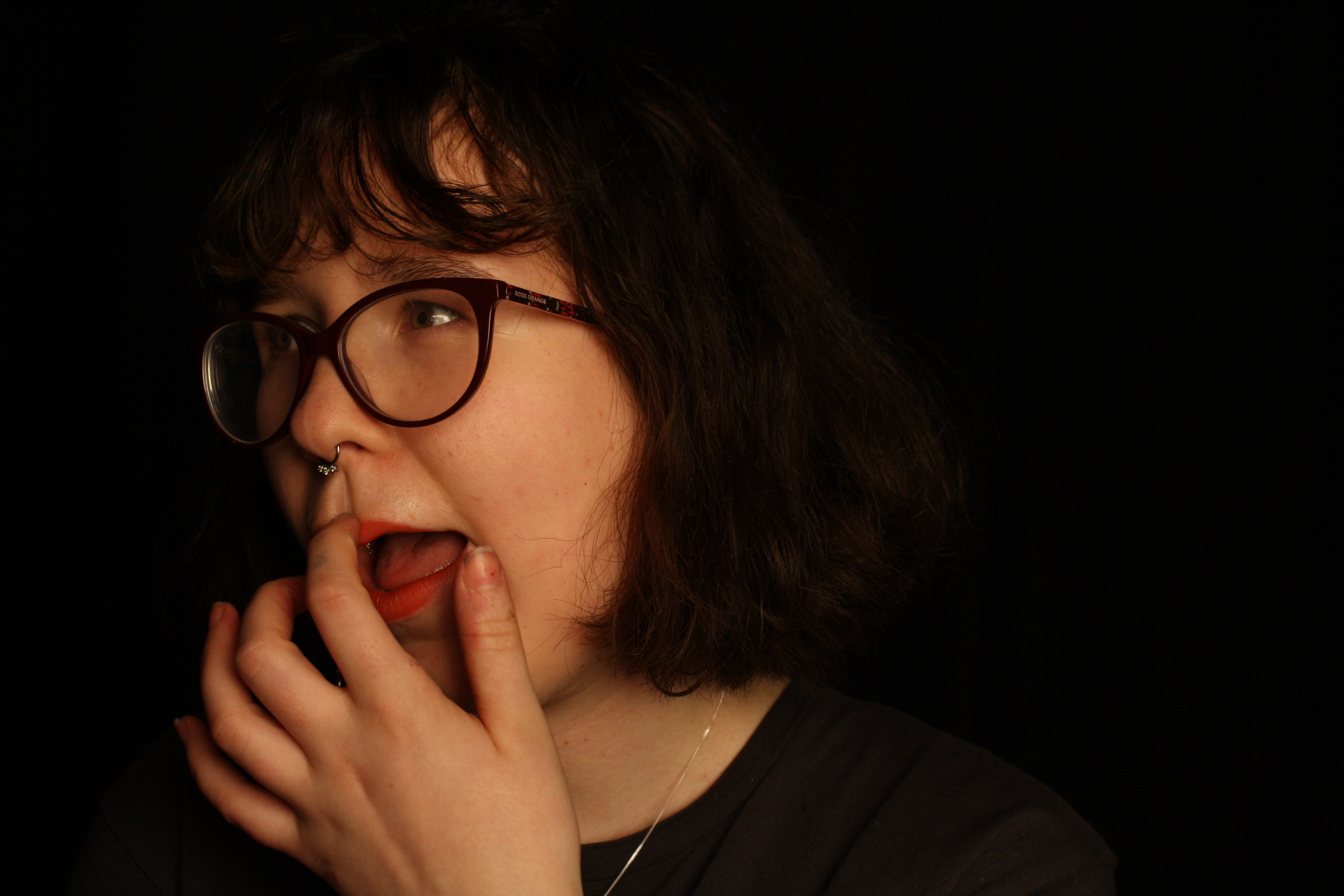
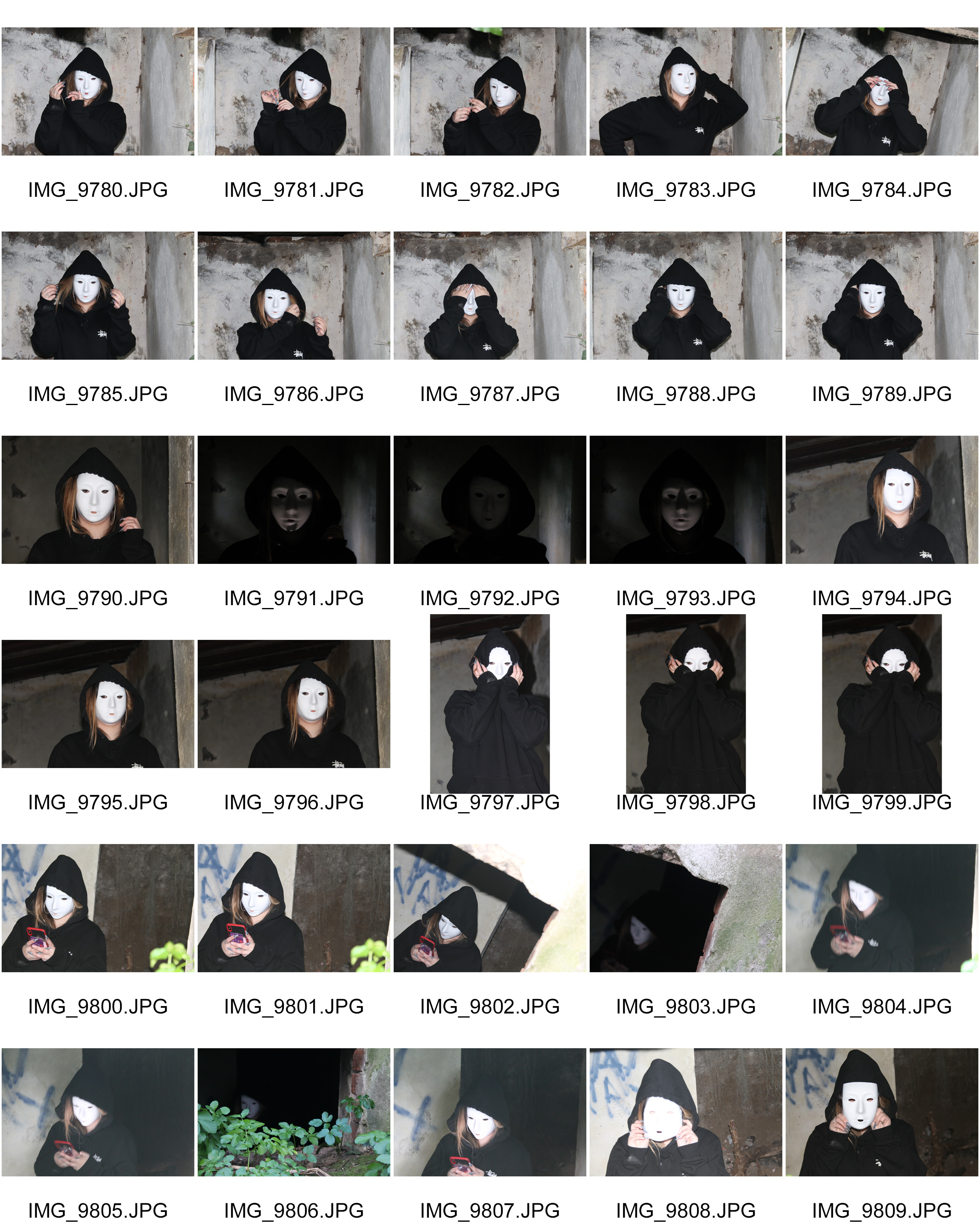
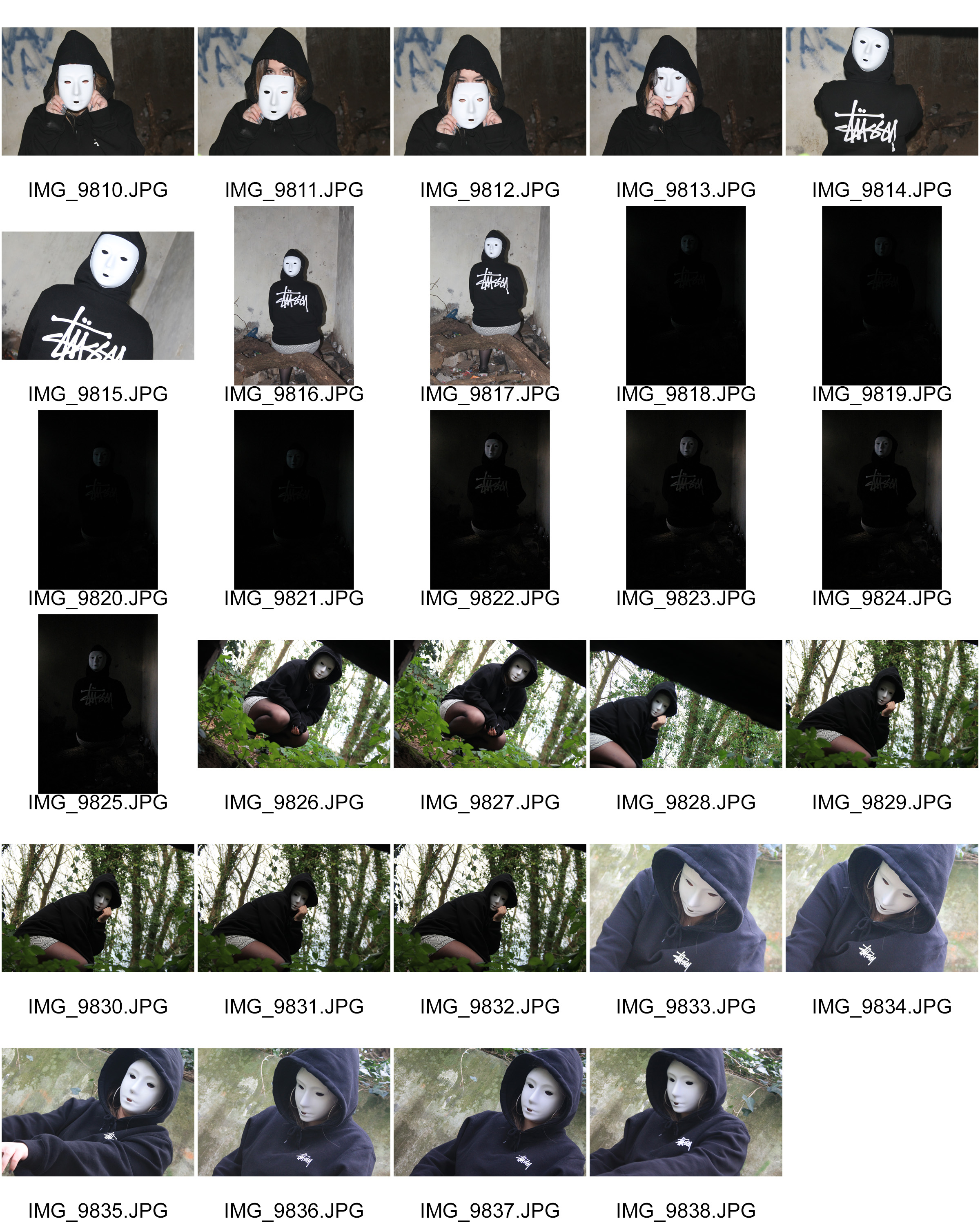
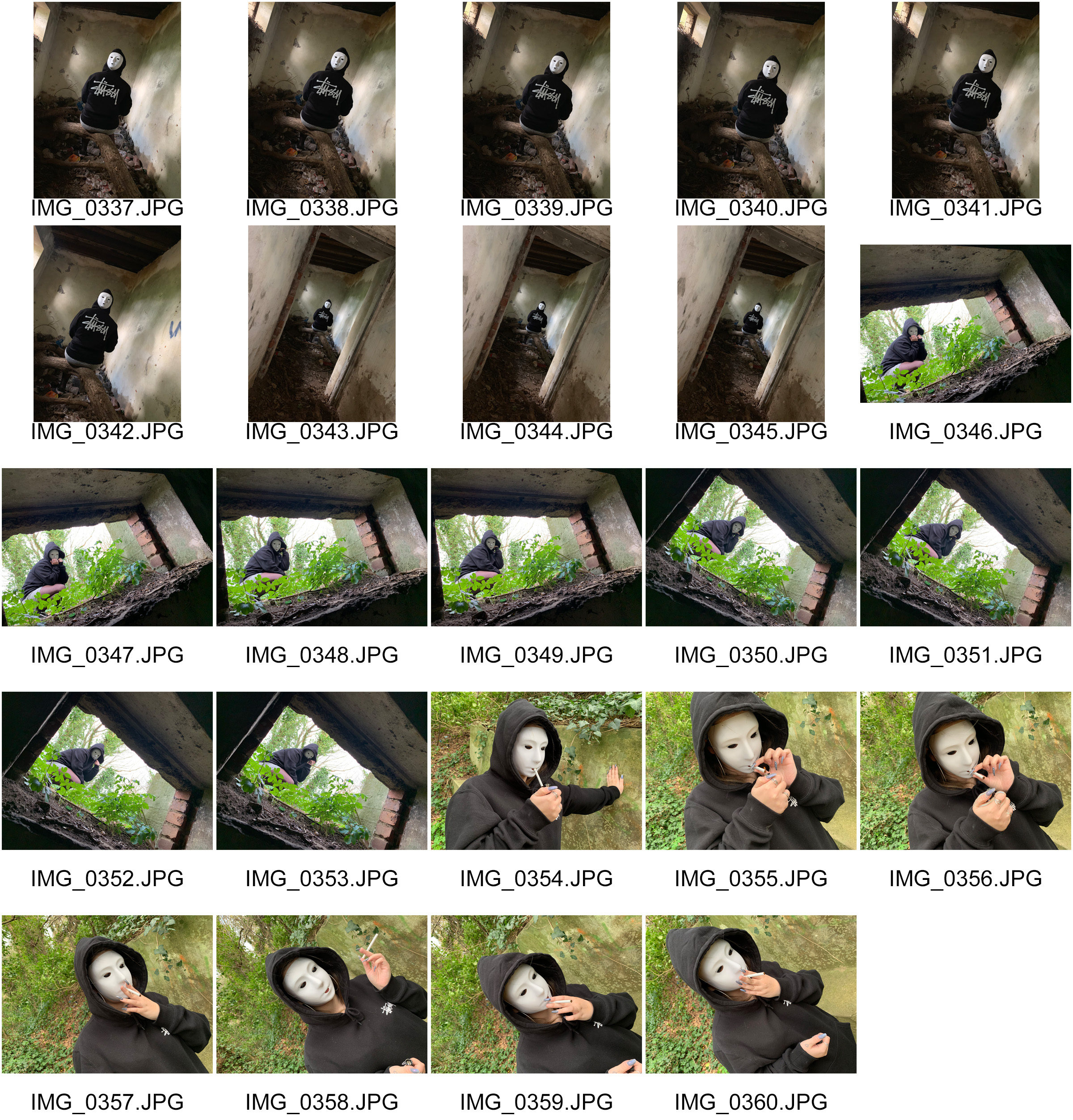 Best Images:
Best Images: